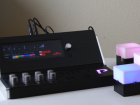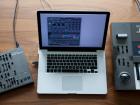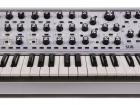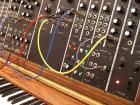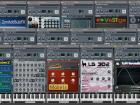Synthesizer Artists and Bands From Japan Worth A Listen
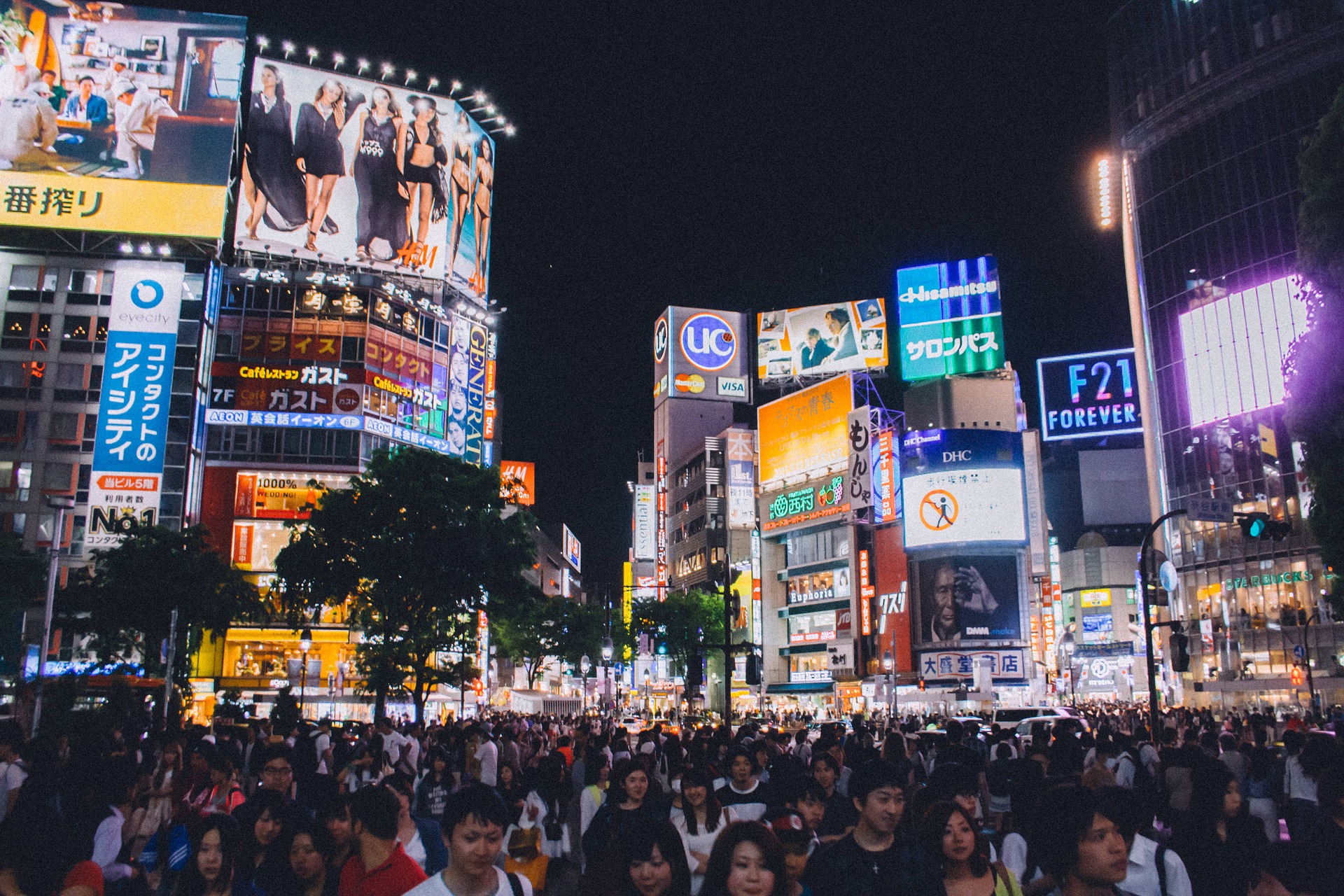
Post date:
There are some names, such as Suzanne Ciani, Gary Numan, Jean-Michel Jarre, and Herbie Hancock that should be instantly familiar to anyone with even a passing interest in synthesizers. Groups such as Kraftwerk, Human League, Duran Duran, Soft Cell, and Depeche Mode are also famous for their use of synthesizers. However, there are many other artists and bands from Japan that has also left their mark with synthesizers. Apart from perhaps Yellow Magic Orchestra these performers are not always as familiar to western audiences. Here are just some of the artists and bands from the land of the rising sun that is worth listening to if you would like to broaden your horizons.
Yellow Magic Orchestra
Yellow Magic Orchestra is arguable one of the most famous electronic music bands from Japan and formed in 1978. Not only were they pioneers where the use of synthesizers in music was concerned, but also shaped the development of a lot of electronic genres. Although they were only active until 1984 the group did reunite a few times since then and the individual members continued to release material on their own or as part of different groups. Another interesting fact about YMO is how much of an influence they had on the video game composers of the 8-bit and 16-bit eras. They even inspired a parody band, Oriental Magnetic Yellow, consisting of composers working for the video game giant, Namco. The video below is from their show Live at Budokan in 1980.
Isao Tomita
Isao Tomita was a Japanese composer who pioneered electronic music and garnered acclaim for his analog synthesizer arrangements. Tomita released numerous albums that feature his own electronic versions and adaptations of classical music pieces. His influence extended well beyond Japan and artists ranging from Stevie Wonder to Michael Jackson were fans of his work. Tomita famously got involved with synthesizers when his desire to get a Moog saw him fly to New York in 1972 to buy one directly as there were none available in Japan. It cost him 10 million yen and a lot of resistance from Japanese customs officers, but a year later he had mastered the device and the rest is history. Tomito was also the first Japanese nominee for a Grammy with his 1974 release of Snowflakes Are Dancing, which can be heard in the video below.
Haruomi Hosono
Haruomi Hosono, also known as Harry Hosono, was the leader of the Yellow Magic Orchestra who went on to release many other solo albums. Hosono is the grandson of Masabumi Hosono, the only Japanese passenger on the RMS Titanic and a survivor of the sinking. In addition to a plethora of albums, he also released numerous soundtrack albums. However, it wasn't until his 50th anniversary in the music industry in 2019 that he performed his first solo shows in the United States. The track below is from his 1989 album, Omni Sight Seeing.
Miharu Koshi
Miharu Koshi started her career performing Japanese new music in the seventies, but it's her mid-eighties output that will be the most interesting to synthesizer fans. The reason for this is that many of her albums from this period were produced by Haruomi Hosono. The track below is from her 1983 synth-pop album, Tutu, and was mixed and produced by Haruomi Honso.
P-Model
P-Model, fronted by Susumu Hirasawa, was a Japanese electronic rock band that was active from 1979 to about 1999 when they officially broke up. Although known as an underground group for their post-punk/electronic music they were very influential and inspired many other musicians of the time. P-Model released 13 studio models over their career and a lot of members from their ever-changing line-up went on to release successful solo works as well. The track below is one of their singles from 1983.
After Dinner
After Dinner was formed in 1981 by a group of musicians from many different musical backgrounds, which would explain their unique sound. Their vocalist, Haco, wrote the lyrics as well as music for After Dinner. Most fans of After Dinner considers their 1989 release, Paradise of Replica, to be the best album from this group. Unfortunately, they disbanded shortly after releasing it. The track below is from Paradise of Replica.
Conclusion
There are obviously many other Japanese artists and bands such as Portray Heads, Normal Brain, Testpattern, Yukihiro Takahashi, and Hideki Matsutake that are also worth seeking out for those not familiar with their work. Let us know in the comments below or on the forum what your favorite performer or group from Japan is.

